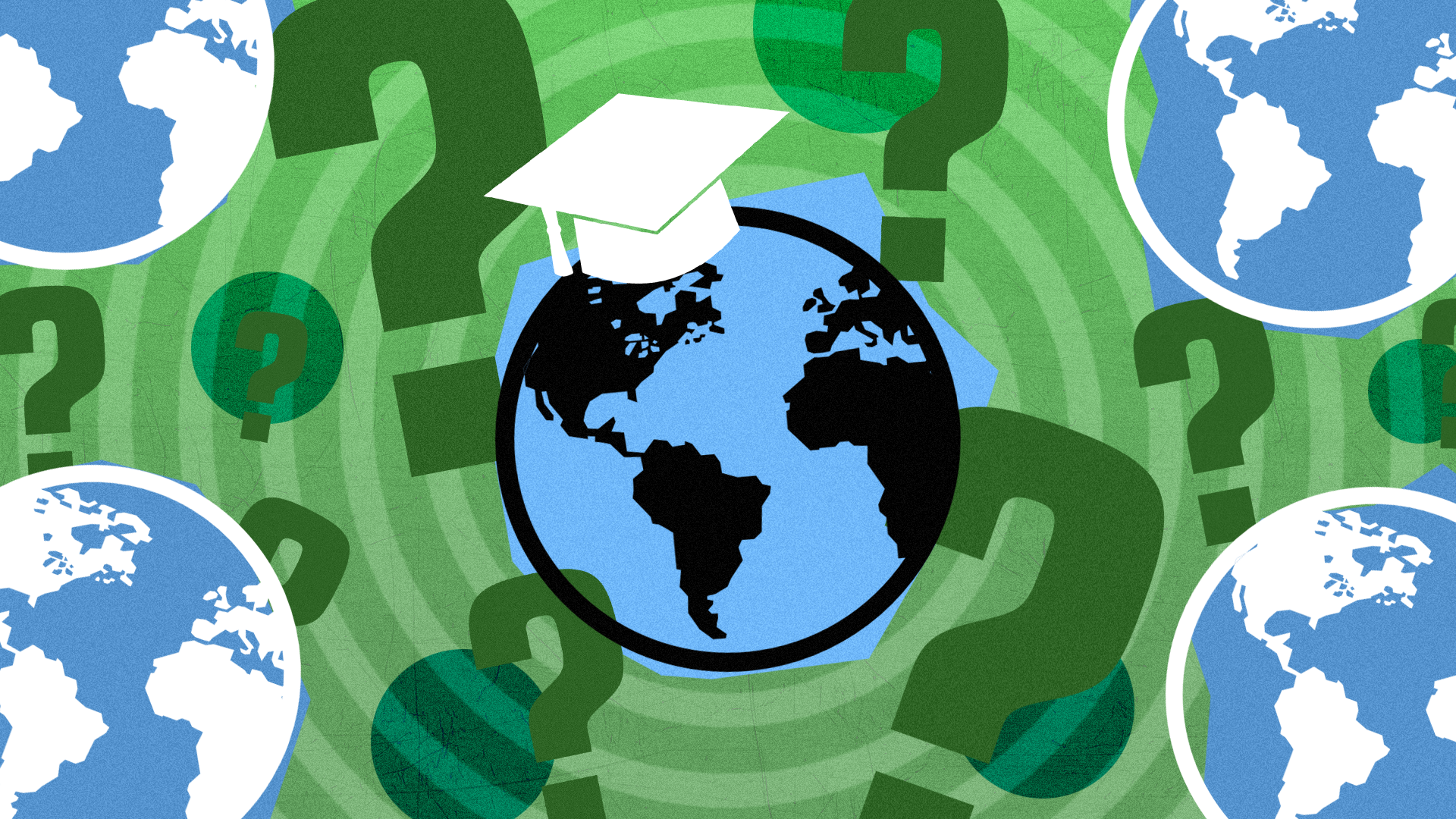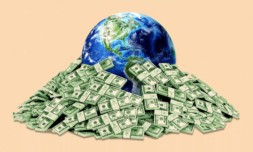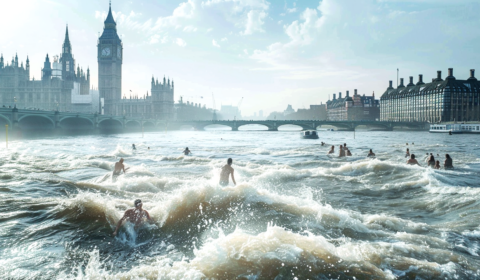This month, the world celebrates International Day of Education. But as the climate crisis continues to approach us, where does it sit in our curriculums and why is it ever more critical that we teach our children how to tackle it?
I still remember the first time I learned of climate change. Although, back then, it was more widely known as global warming.
It was during a rainy science lesson in primary school roughly 12 years ago. That day, my classmates and I discovered that every time we left our lights on, or used the car instead of riding our bicycles, the planet would heat up and polar bears would be left homeless. As an impressionable child, that image has stuck with me ever since.
But our school – like most – never took that first lesson any further. It’s really thanks to streaming documentaries, Greta Thunberg, and mass street protests that I developed an interest in our climate.
This year, UNESCO’s International Day of Education showcased some of the most important transformations in education, including virtual reality and electronic books. The changes that have helped build a more sustainable, inclusive, and peaceful future – at the heart of that is climate education.
But what is climate education?
With eco anxiety at an all-time high, there is no doubt that education is the key to settling our climate concerns.
Climate change education is the umbrella term for the building of a sustainable future through inspiring positive actions and building skills. The topic ties in with so many other issues we currently face, including human rights and public mental and physical health, all of which could also be included in classrooms.
Without it, future generations will not be armed with the knowledge they need to tackle the long-term consequences of climate change, nor will our planet’s current inhabitants understand how they can use individual as well as corporate actions to slow down the process – or in the best-case scenario, reverse it.
The UN says education ‘empowers all people’ and motivates the young to take action. It says: ‘Knowing the facts helps eliminate the fear of an issue which is frequently coloured by doom and gloom in the public arena.’




















